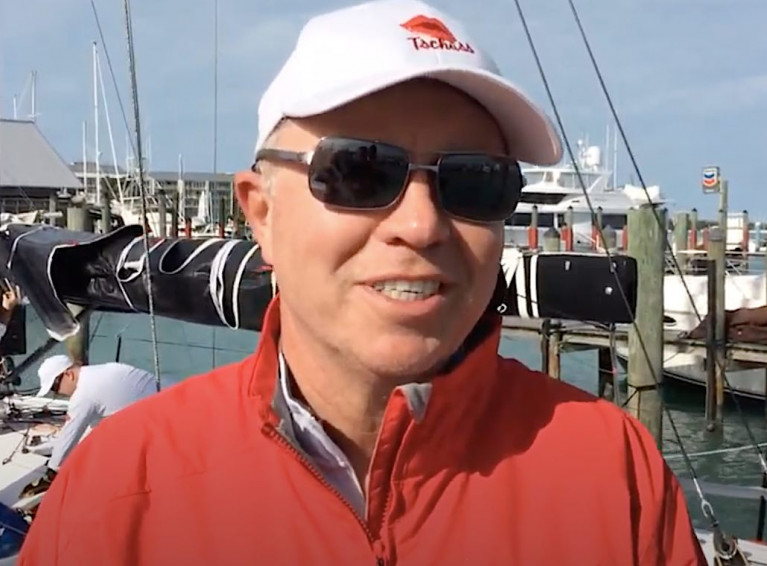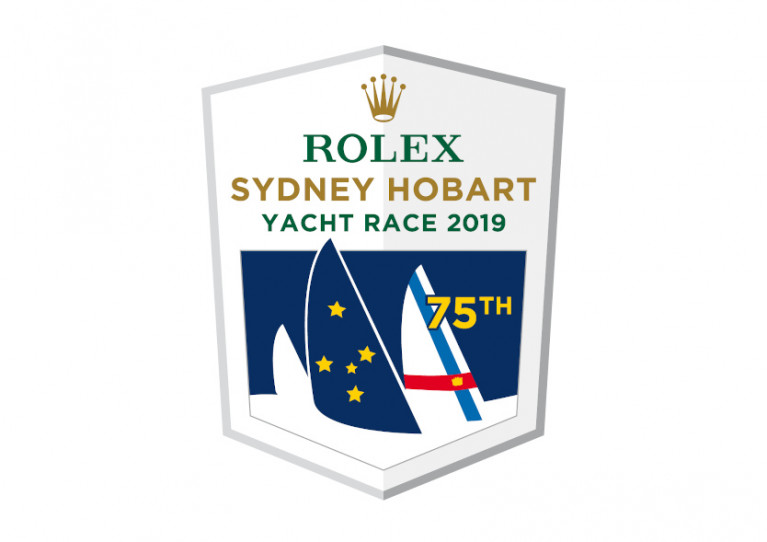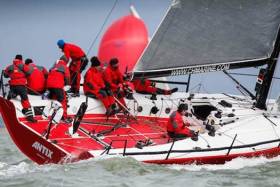Displaying items by tag: Ker 40
Second Ker 40 for Volvo Dun Laoghaire Regatta's Offshore Class
A second UK-based Ker 40 will race in July's Volvo Dun Laoghaire Regatta's Offshore class adding extra spice to Ireland's biggest IRC regatta of the year.
Today's entry of US-based German skipper Christian Zugel's 'Tschuss' sailing under the burgee of New York Yacht Club and Royal Cork Yacht Club will line up with Niall Dowling’s Ker 40 Arabella that is also joining the VDLR offshore fray for the first time. London based Dowling took both line honours and the overall win in Wicklow’s Round Ireland Race in 2018 with the bigger Ker 43 Baraka GP and is set to be back on Irish waters next July 8.
Though Tschuss (ex Invictus) hasn't competed in Dublin before, the 2017-built racer was slated for 2020's cancelled Cork Week Regatta, she is no stranger to Irish sailing having competed at a previous Sovereigns Cup in Kinsale, She had Irish crew onboard for a 2017 Cowes Week campaign as Afloat reported here. 2017 Pit boss Johnny Mordant is involved in the 2021 campaign that will see it make its Dublin Bay debut.
The Ker 40 a top-end race boat has the capacity to race across a wider range of racing categories and for this season more and more owners thoughts are turning to what type of racing is feasible under COVID and as Afloat has reported previously there is a move to offshore and coastal racing
The Ker line-up for Dun Laoghaire means defending champion Seamus Fitzpatrick in the First 50, Mermaid will have his work cut out to repeat the performance IRC offshore class. Fitzpatrick is already entered as Afloat reported previously here.
Here's a vid of the German Skipper talking about Key West Regatta in 2016.
Ker 40 Sinks Off Wildfire-Ravaged New South Wales Coast
Reports have come from Australia that a Ker 40 was sunk off the coast of New South Wales on Sunday (5 January) following last week’s Rolex Sydney Hobart.
All crew were reportedly picked up safe at Port Kembla after the incident in the ears hours of Sunday local time, in which the boat’s keel was said to have been damaged amid strong winds and smoke from the bushfires that have been ravaging much of the country in recent weeks.
Further details cannot be confirmed as of this time.
Update: Royal Cork's Ker 40 Antix (ex-Catapult)
Technical gremlins caused Antix to be advertised 'in error' last Friday on the Ancasta boat sales site. The Irish Commodore's Cup winning yacht is not for sale on its website, yacht brokers Ancasta have confirmed to Afloat.
McConaghy Appoints Ancasta as Ireland Dealer
The initial focus of this new partnership is on the Ker 40; the Jason Ker Designed IRC racer. In addition to the Ker 40, Ancasta will also be promoting the McConaghy 38; an out and out lunatic machine that conforms to no rules and just goes fast upwind and downwind!
The Ker 40 is anticipated as being the next big step in IRC racing. It performs beautifully upwind whilst being exhilarating downwind. This fusion of TP52 inspired performance mixed with an ability to compete under IRC rating is a combination that offers something unique at a price which is very inclusive.
Nick Griffith MD of Ancasta commented: "We are all very excited about the Ker 40, the challenge under IRC has always been to produce a competitive boat under 50' that is also exciting to sail. I have been so impressed with Jason's efforts with the Ker 46 Tonnere and we see the 40 as the next step in that development. At last a full blown 40' race boat competing under IRC. Happy days indeed!"
Ancasta through its extensive network will be handling all the sales and marketing as well as providing the highest standard of after sales care and support. The first two Ker 40's coming to the UK will be based at Hamble Yacht Services in time for this seasons racing.
































































